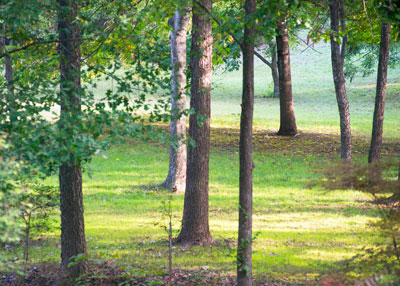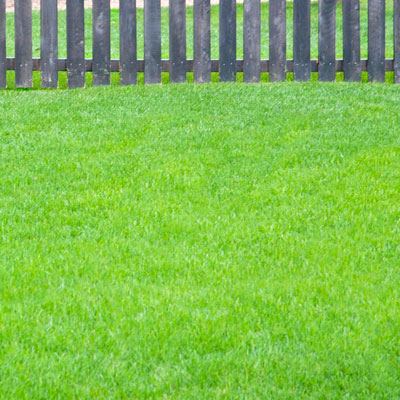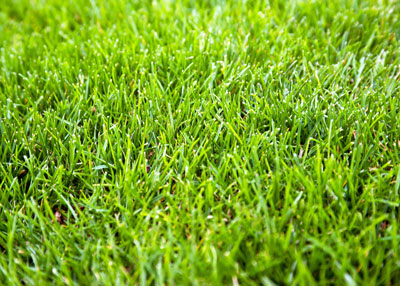Editorial Opinion: October 20, 2016

Photo: This is a sloping part of the Sperry acreage that drains almost instantly into one of the major water sources of the DFW Metroplex. As a steward of the soil as well as the reservoir, I plant ryegrass to slow winter and spring erosion and sedimentation.
Perhaps you saw my story “If You Have Ryegrass” in last week’s e-gardens.
One kind gentleman who did read the story reminded me that some Texas cities actually go so far as to ban the overseeding of ryegrass for green lawns in the winter. Their feeling, if I’m stating it accurately, is that growing ryegrass wastes valuable water reserves in parts of Texas where rampant growth already stretches supplies thin during periods of drought.
First and foremost: I support water conservation! What responsible Texan would not?
However, we sometimes go too far. Like cities’ rules requiring people to water between 6 p.m. and 10 a.m., and making that regulation apply 12 months a year. That’s to reduce water lost to evaporation during the daytime. That makes sense at 100 degrees in July, but it makes no sense at all at 36 degrees in January. Night watering in fall promotes diseases, both of lawns and landscapes. That 10 p.m. until 6 a.m. rule ought to apply during Daylight Saving Time only.

This high-traffic bermudagrass turf in a DFW park would be beaten to a mudhole over winter were it not for overseeded ryegrass.
But on to the ryegrass…
Does overseeding with ryegrass cause us to misuse water reserves in the winter?
Not if we don’t turn the water on!
Humor me for just a moment as I lay out my case.
Let’s assume you sow ryegrass seed on your normal lawn-watering day. Then the sprinklers run to irrigate your St. Augustine or bermuda as per the local regulations.
The ryegrass seed sprouts just days after you water your permanent turf.
Sometime 3 to 7 days later, you water your lawn again. Again, you’re on the permitted watering schedule. (Remember, you’ll be overseeding in September or October while it’s still quite warm.) The ryegrass seedlings get that water, too, and they’re on their way.
During the winter, your St. Augustine or bermuda may only need to be watered every two or four weeks, or if it rains, perhaps not at all. The ryegrass is in there growing right along. No special watering is needed.
The same process unfolds clear into spring. You never have to water specifically for the ryegrass. You just do what you normally should do for the permanent turf.
So, where in that process has the ryegrass caused us to waste water? I can’t find it.

Photo: If I’ve made my case properly, perhaps Texas cities will no longer see ryegrass as a villain, but as a wintertime ally.
My opinion then is…
Ryegrass doesn’t waste the water. We humans waste the water. That’s because we’re probably irrigating our lawns on the same schedules we used in the summer. The truth is, the grass doesn’t need nearly as much water in late fall, winter and early spring as it does in the summer.
How can we avoid misuse of water in winter?
It’s really quite simple:
• Learn to feel the soil to be sure that it’s dry before you turn on the faucet.
• If you have an automatic sprinkler system, you set it to the “Manual” position from fall until spring. That way you will determine when it runs, not some witless time clock.
• Better yet, have a “smart” controller installed that will monitor weather conditions and weigh them against soil types, slopes, plants being grown, sun/shade and other variables. I found that our three smart controllers cut our water use by more than 50 percent per year, yet our plants did just as well. They paid for themselves within just 18 months.
In closing…
Overseeding with ryegrass, in my opinion, doesn’t need to be forbidden. Wasting water is the issue, and the ryegrass is not the culprit.
Winter rye protects permanent turf from abuse from kids playing ball and pets patrolling their yards. It lessens erosion from bare ground. And it just looks good.
If you reread what I wrote last week, you’ll see that we watered the ryegrass seed on our one-acre hillside the day it was planted. It’s my expectation that no more irrigation will be needed. For the winter appearance and the protection from ongoing erosion that would begin on our property and flow directly into a nearby water-source lake, it’s invaluable.
